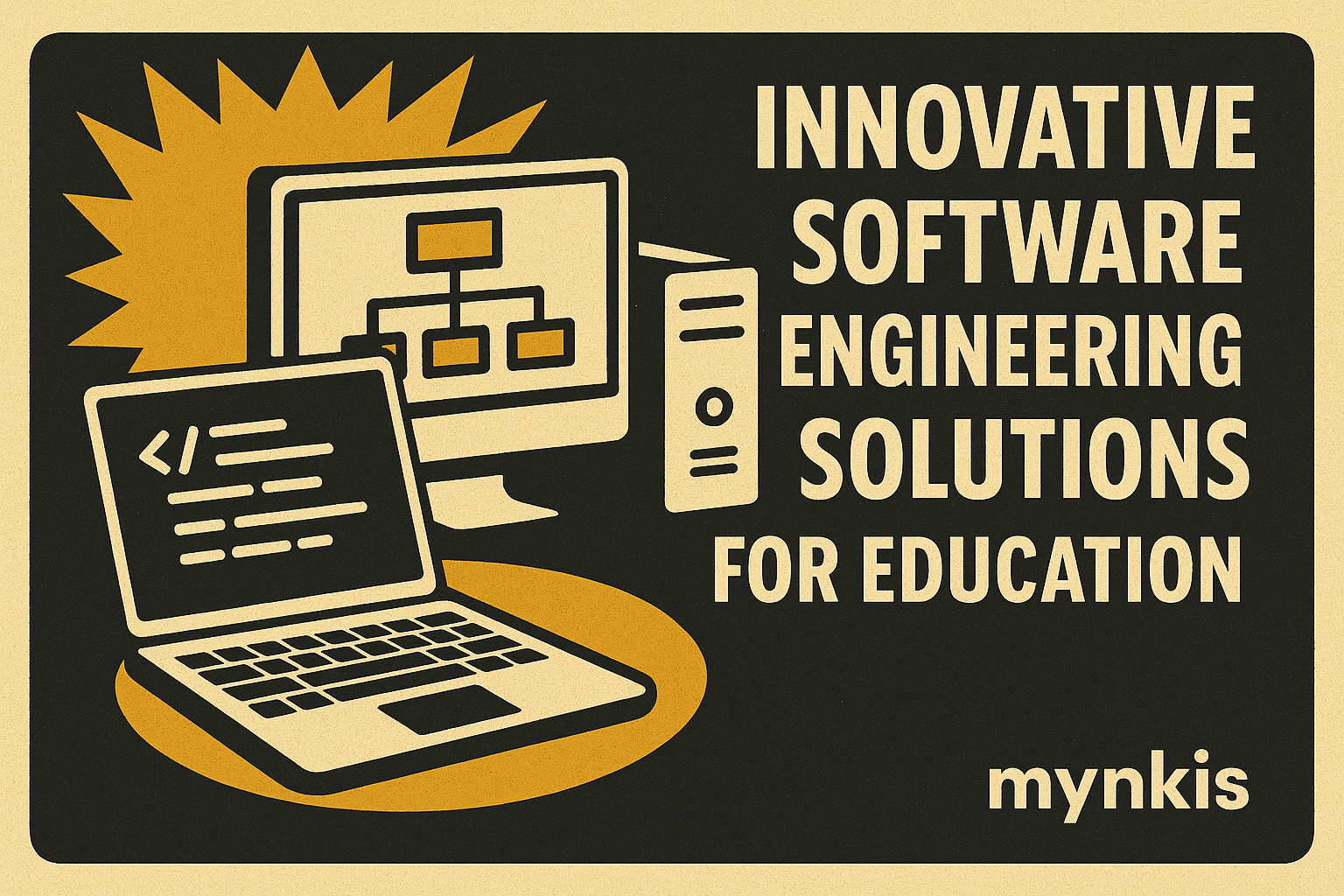Schedule a Demo
Problem-solving lies at the heart of software engineering. It's not just about writing code; it's a process of understanding a problem deeply, exploring potential solutions, and then implementing them effectively. My experiences working with various sectors, from startups to established universities, have shown me that the challenge isn't merely finding a solution—it's about selecting the optimal one for the specific context. In schools and universities where custom learning management systems are often critical, the effectiveness of the solutions can directly impact learning outcomes and administrative efficiency.
One of the key approaches in software engineering is breaking down complex issues into manageable parts. This method isn't just theoretical; it's something I've seen applied successfully in real-world projects. For instance, when developing a new LMS for a university client, the team divided the project into modules like user management, course administration, and grading systems. Each segment could then be tackled by smaller, focused teams, ensuring efficiency and maintainability.
At the core of many problems is the need for algorithms—efficient ways to solve them. When I've worked on custom learning systems, the algorithms for sorting and optimizing search functions were crucial. They needed to handle large data sets efficiently, ensuring fast load times and improved user experience. By employing algorithms strategically, we can address specific challenges in software development, resulting in tailored solutions that meet the exact needs of an educational institution.
Software design patterns provide reusable solutions to commonly occurring problems in software design. From my firsthand experience, using design patterns such as the Factory or the Singleton pattern in LMS software helps create scalable and maintainable code. When schools and universities implement these into their custom solutions, they not only enhance performance but also ensure long-term sustainability.
Testing isn't just a step; it's an integral part of problem-solving in software engineering. Through my engagements with different software teams, I've stressed the importance of incorporating testing from the earliest stages. It identifies issues that might otherwise be overlooked, maintaining system reliability and user trust. A well-tested LMS is more likely to meet the operational needs of a university, fostering better administrative workflows and learning environments.
Embracing agile methodology transforms problem-solving from a sequential task into an iterative process. In developing custom web solutions for educational institutions, I've found that agile methods promote continual improvement and flexibility. They allow teams to adapt quickly to the changing needs of students and educators, ensuring the software remains relevant and efficient throughout its lifecycle.
Software development rarely occurs in isolation, and the richness of perspectives in a team often leads to more innovative solutions. My work on enterprise-level projects has demonstrated how diverse teams approach problems from different angles, leading to more comprehensive and creative outcomes. In particular, when universities engage with software developers, the collaborative nature of solving problems can lead to tailor-made solutions that perfectly align with their academic goals.
In the context of educational platforms, a user-centered design approach ensures that the solutions developed are precisely tuned to the needs of students and faculty. I've personally seen how incorporating feedback loops and usability testing can drastically improve the overall utility and appeal of an LMS. By understanding the end-user thoroughly, software solutions can be more effectively aligned with the specific demands of the educational community.
Modern software engineering goes beyond traditional coding—incorporating advanced technologies like AI and machine learning can revolutionize problem-solving. When working on projects aimed at improving search engine optimization (SEO) for academic websites, I've used machine learning algorithms to predict user behavior and optimize content accordingly. These technological innovations provide educational institutions with platforms that are both smart and highly functional.
It's easy to get lost in the novelty of new technologies, but in my experience, a balanced approach is key. Schools and universities need reliable software that can meet current demands without overwhelming those who must maintain and use it. Innovation should be pursued, but not at the expense of the system's usability and practicality.
Data plays a crucial role in modern problem-solving in software engineering. Whether it's gathering feedback through LMS interactions or analyzing website traffic, data provides insights that guide continuous improvement. In my projects, I've used data to inform and validate solutions, ensuring they truly meet the needs and challenges of educational organizations.
Ethics in software development deserve special attention, especially in educational contexts. Ensuring that student data is protected, that access to educational tools is equitable, and that algorithms are unbiased is paramount. I believe firmly in software solutions that promote ethical practices while still driving innovation forward.
Looking ahead, the field of software engineering will continue to evolve, driven by new challenges and technologies. The ability to solve problems creatively and effectively will remain a hallmark of successful projects. Educational institutions must stay ahead by fostering environments that support innovation, all while maintaining focus on their core educational mission.
